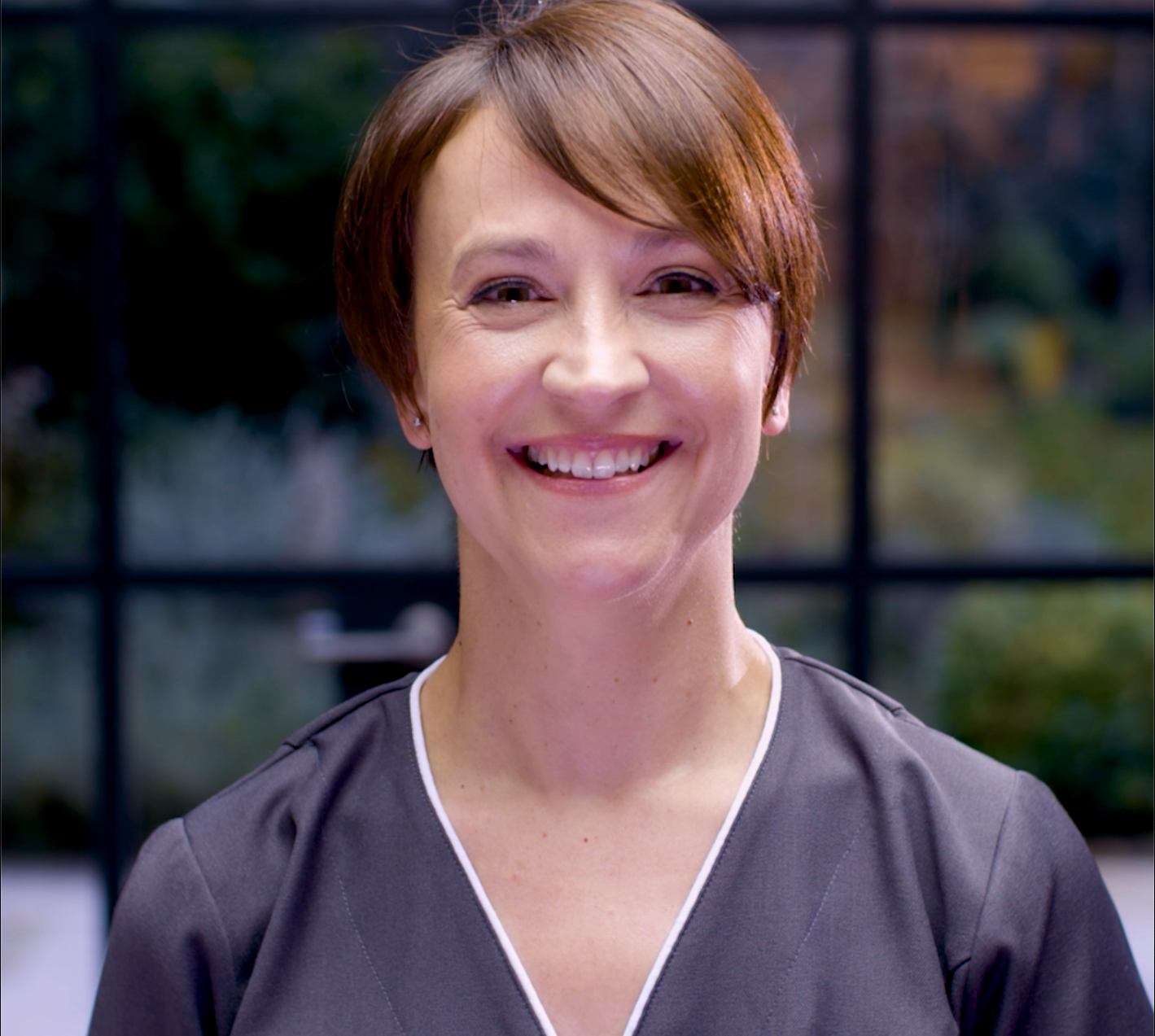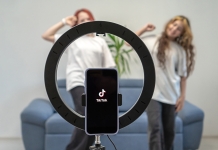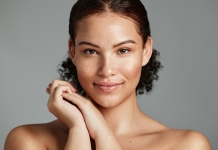The pros of skin imaging & skin analysis technology
Candice Gardner, Education Manager at Dermalogica, highlights advances in skin assessment.
 Have you noticed how social media groups and online communities for skin care professionals are inundated with pictures of skins and questions about the conditions presenting? Seen the countless requests for recommendations and treatment strategies based on a short description or image? Have you found yourself posting on these forums and asking these very questions?
Have you noticed how social media groups and online communities for skin care professionals are inundated with pictures of skins and questions about the conditions presenting? Seen the countless requests for recommendations and treatment strategies based on a short description or image? Have you found yourself posting on these forums and asking these very questions?
We enthusiastically explore and assess skins every day trying to define degrees of change and the exact condition that might benefit from one or other treatment.
I love the fact that our industry supports its members and experienced therapists are so willing to share their knowledge and expertise. For this reason, I will always regard the networking and contribution of these sites as having an important part to play in connecting community knowledge. However, it also highlights to me that this is certainly an area where skin therapists can lack both knowledge and confidence. We all find ourselves at some point or another questioning our assessment and seeking reassurance or confirmation from other professionals.
Effective skin assessment remains a core skill that absolutely must be mastered if the professional skin therapist is to be recognized as a credible authority on skin. Whilst professional ethics dictates that the skin therapist is not at liberty to diagnose skin disorders or diseases, and absolutely must refer to a qualified medical practitioner in these instances without making any suggestions to the client, we certainly must address skin type and condition.
Accurate assessment plays a vital role in the selection and delivery of regular treatments and advanced aesthetic services. It allows us to manage expectations, advise appropriately in respects to risks, and provide effective pre and post care. This is the only way to ensure we support clients to get the very best skin results.

Whilst technology is bringing skin information direct to your customer, it is also driving a change in professional environment.
Magnifying lamps or headsets will always have their place, but we can now use AI (artificial intelligence), HDR photography and a wide range of light filtered imaging to see perceivably more than the naked eye, and grade severity of the skin conditions observed more accurately. Clients can learn more about their individual skin than ever before in a highly visual and contextual way. All with the expertise of a professional to guide them through the right products and treatments that achieve their skin goals.
You might be considering investing in some kit for clinical grade skin analysis, and the good news is that there are now a range of options which could suit both budget, space and service offering.

As technology advances there are more affordable skin analysis machines that can be an option for a smaller to medium business.
I love the portability and convenience of Apps and Web-Based Apps which can be used on a variety of mobile devices to capture client images and, with the use of AI, assess and grade the clients' skin conditions. So, for the investment of an iPad or tablet you can start to offer a more advanced level of analysis. Many of these apps also have integrations with more advanced analysis tools like the Observ 520 UV Technology machines and the Aramo Professional Microscope (APM100).
Whilst providing more in-depth assessment of the skin, these machines and apps have one other key advantage - the ability to store client skin images and track skin changes and improvements across subsequent visits. This provides a unique added value as trust can be built through evidence-based advice that leads to clear skin changes and direct impact.
The client can see how their skin was before having the recommended treatment, lesions or areas of concern can be highlighted, and how the skin looked after a procedure ensures there is ability to compare and reassure. An accurate visual of the client's skin, that they can verify, avoids ambiguity or misunderstanding in objectives or outcomes. And, in some instances, it can also safeguard the practitioner from unlawful liability claims.
Whilst it remains important to study skins thoroughly and understand clearly how to identify the wide range of conditions we may well be presented with so that we treat correctly, introducing some type of skin assessment technology on any scale can be incredibly useful in driving revenue. It brings the consultation to life, delivers a different experience to the competition, and convinces clients on the benefits of professional services and the correct at-home regimen. It also supports you in making the right choices to deliver better results. Surely that is a win-win.
Candice Gardner is Education Manager – Digital and Content at The International Dermal Institute and
Dermalogica.





